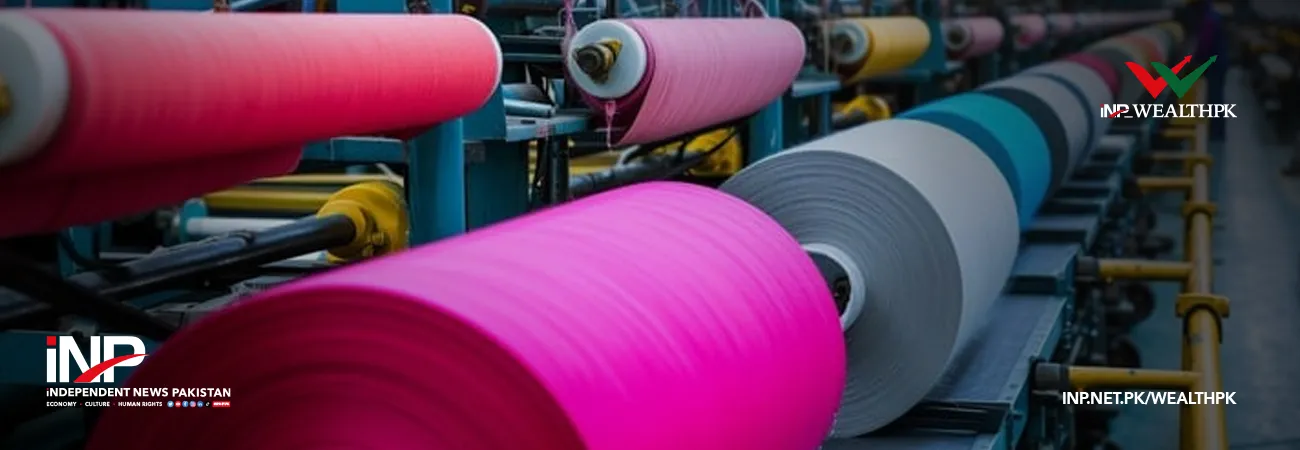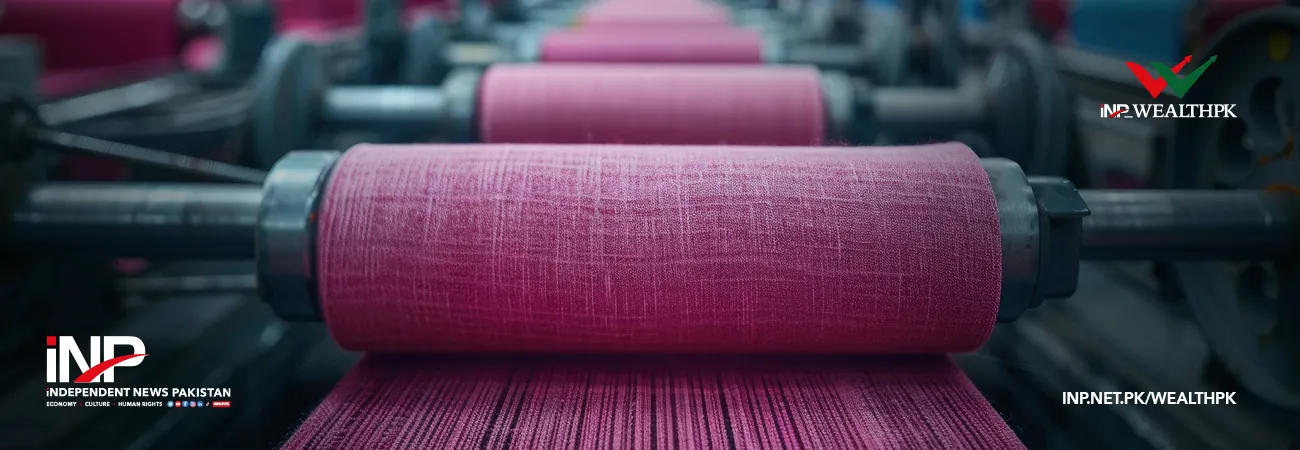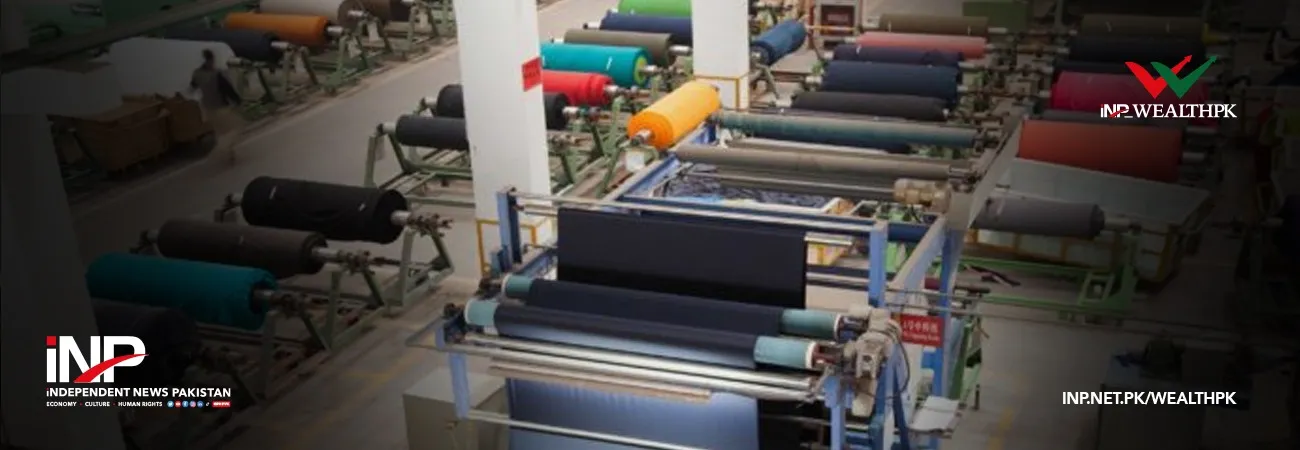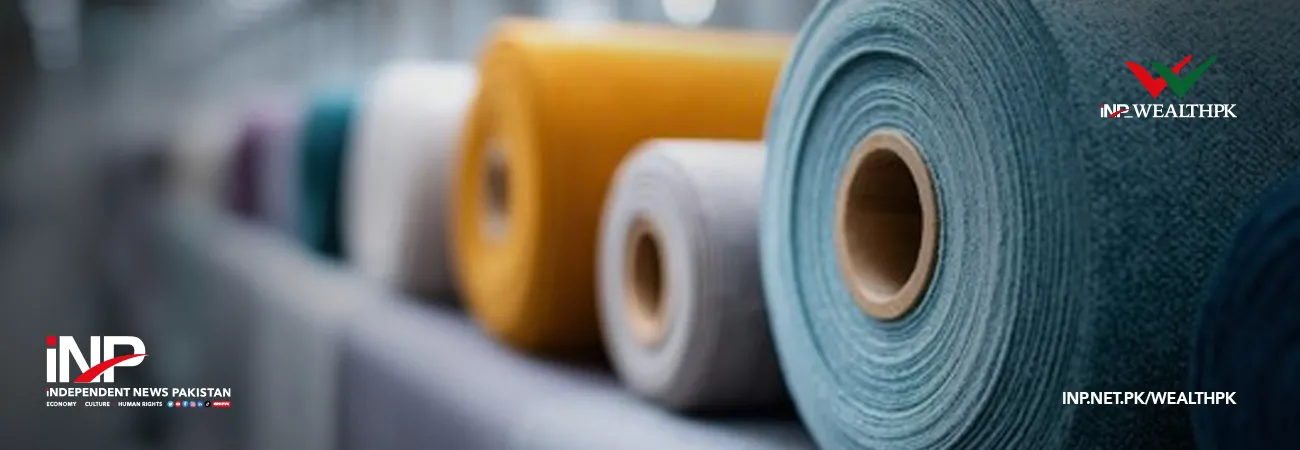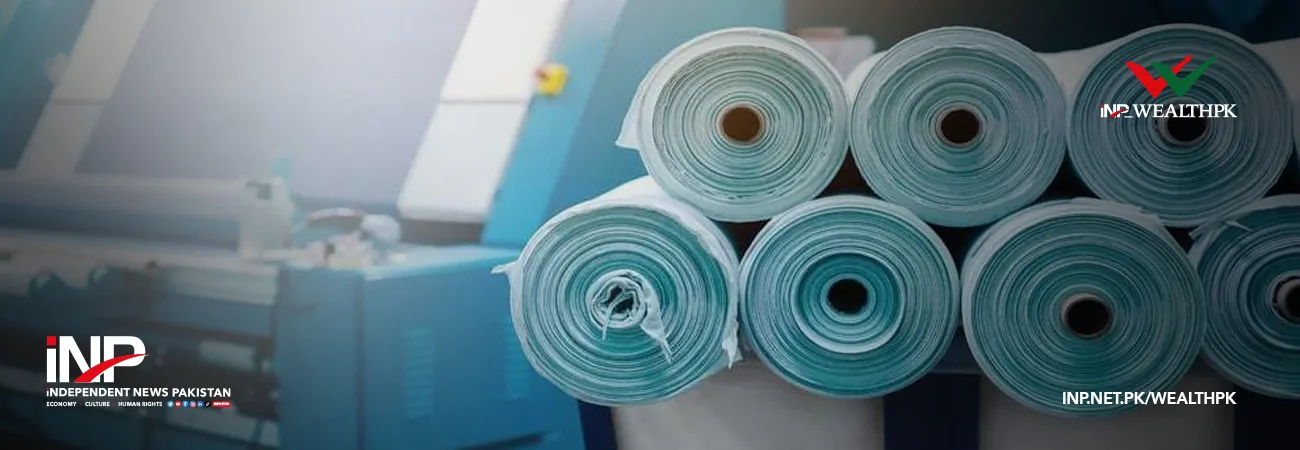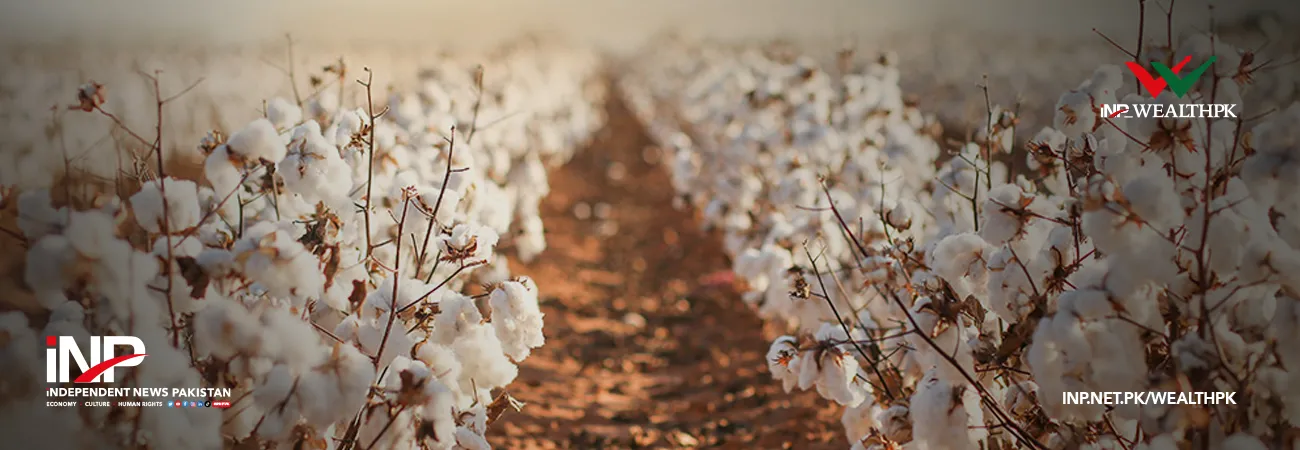INP-WealthPk
Farooq Awan
The Pakistani government has prepared a comprehensive framework to enhance the global competitiveness of Pakistan’s textile and apparel sector, aiming to expand exports, attract investment, and promote sustainable industrial growth. The proposed Textile and Apparel Policy 2025–30 presents a detailed roadmap to strengthen production, diversify products and markets, and ensure compliance with international standards in the country’s largest export-oriented industry.
According to the draft available with Wealth Pakistan, the policy seeks to provide pragmatic, inclusive, and consistent interventions focused on creating a conducive business environment. It emphasizes reducing the cost of doing business, achieving economies of scale, integrating into global value chains, and promoting the “Made in Pakistan” brand internationally. The document also highlights the importance of technological transformation, sustainability, circularity, and inclusivity to increase productivity and competitiveness in textile manufacturing and exports.
The policy envisions establishing Pakistan as an internationally competitive, sustainable, and compliant high-value-added manufacturing hub for textiles and apparel. It aims to leverage the country’s natural resources, skilled labor force, and strategic location to drive export-led industrial development and socio-economic growth. The mission focuses on creating an enabling ecosystem that reduces manufacturing costs, fosters innovation and value addition, maximizes resource efficiency, and upholds environmentally responsible and transparent business practices.
The draft sets multiple export scenarios for the next five years, projecting total textile and apparel exports between 30 billion and 41 billion US dollars by 2029–30. These projections are based on historical growth, stakeholder consultations, and the sector’s potential for value addition. Under the scenario endorsed by stakeholders, exports are expected to increase from 19.37 billion dollars in 2025–26 to 30.08 billion dollars by 2029–30. The high-growth scenario forecasts total exports at 41.51 billion dollars by the end of the policy period.
To achieve these targets, the policy stresses long-term government commitment, inter-ministerial coordination, and consistent implementation of interventions. It outlines five core strategic objectives: creating a conducive business environment, promoting value-added products using local inputs, attracting export-led investment, ensuring sustainable manufacturing practices, and improving workforce quality through training and capacity building.
The policy proposes measures to address long-standing issues affecting industrial performance. These include ensuring regionally competitive energy tariffs, improving access to credit through export financing and insurance mechanisms, rationalizing taxation, and facilitating infrastructure development. It calls for targeted fiscal and energy policies to make the industry cost-competitive while encouraging investments in modernization and technology.
Product and market diversification is a major policy focus. The document encourages the shift from reliance on cotton-based products to a broader mix that includes manmade fibers, technical textiles, and sustainable materials. It proposes establishing integrated textile and apparel parks, developing national product standards, and upgrading ginning and spinning facilities to improve productivity and quality.
Institutional reforms form another central pillar of the draft. It recommends strengthening coordination between the Ministry of Commerce, Textile Wing, Trade Development Authority of Pakistan, and other agencies. It also suggests building institutional capacity to provide research, marketing, and export facilitation services to manufacturers and exporters.
Sustainability, labor standards, and environmental protection are key themes of the proposed framework. The policy calls for the adoption of green technologies, efficient resource management, and compliance with environmental and social safeguards. It underlines Pakistan’s commitment to aligning its textile sector with global standards on ethical manufacturing, traceability, and circular economy practices.
The document concludes that the success of the new framework will depend on stable macroeconomic conditions, policy continuity, and strong engagement of both public and private stakeholders. It expresses confidence that the proposed measures, if implemented effectively, will transform the textile and apparel industry into a globally recognized, innovation-driven, and sustainable export powerhouse contributing substantially to national income and employment.
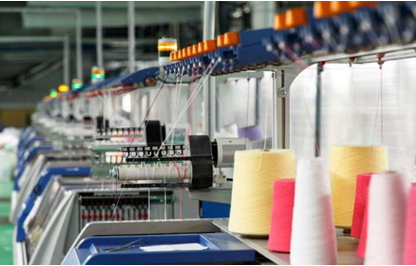
Credit: INP-WealthPk




